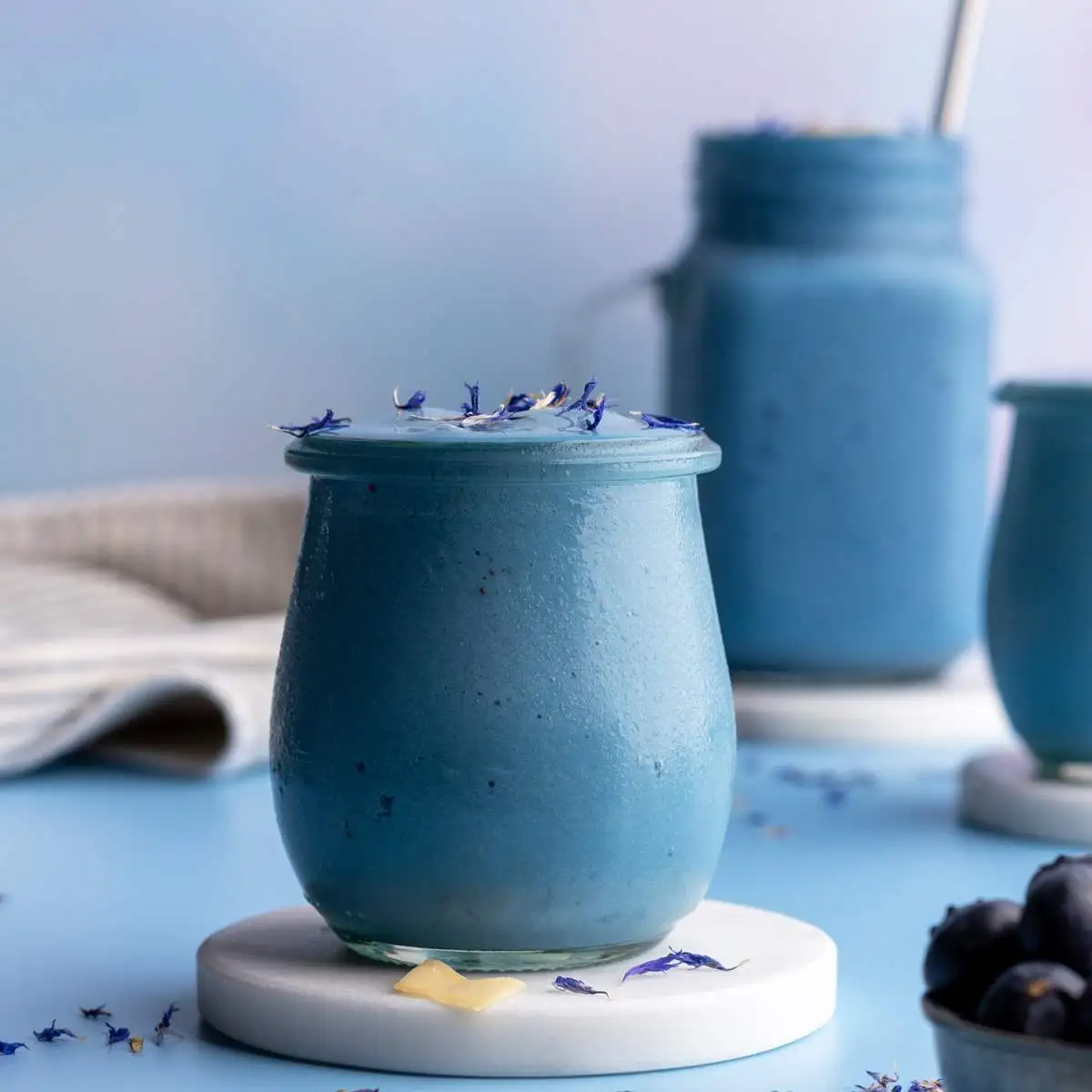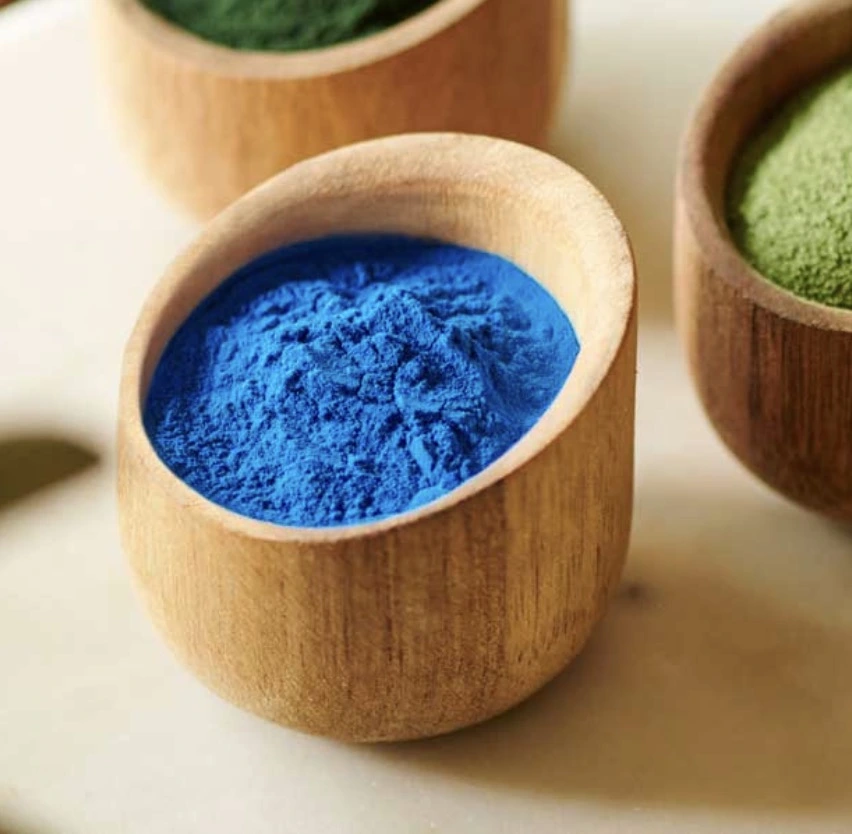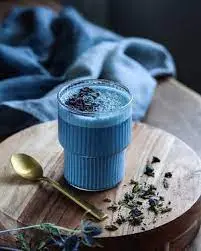Where is Gardenia Blue pigment commonly used?
Gardenia blue pigment, a natural food coloring derived from the gardenia fruit, has gained significant popularity in various industries due to its vibrant hue and versatile applications. This safe, non-toxic, and side-effect-free pigment offers a natural alternative to synthetic blue colorants, making it increasingly sought-after in food, beverage, and cosmetic industries. In this comprehensive guide, we'll explore the diverse applications of gardenia blue pigment and why it has become a preferred choice for manufacturers and consumers alike.

Top Food Applications of Natural Gardenia Blue
Confectionery Creations
Gardenia blue pigment has found a sweet spot in the confectionery industry. Its ability to create vivid blue shades without compromising taste or texture makes it ideal for various candy applications. Hard candies, lollipops, and gummy bears often feature this natural colorant, providing an eye-catching appearance that appeals to consumers of all ages. The pigment's stability at different pH levels ensures that the vibrant blue hue remains consistent throughout the product's shelf life.
Baked Goods and Pastries
The baking industry has embraced gardenia blue pigment as a natural way to add color to cakes, cookies, and pastries. Its heat-resistant properties make it particularly suitable for baked goods, as it can withstand high temperatures without significant color degradation. Bakers use this pigment to create stunning blue frostings, vibrant cake batters, and decorative elements that catch the eye and entice customers. The powder form of gardenia blue allows for easy incorporation into various baking recipes, ensuring uniform color distribution.
Dairy Products
Gardenia blue has made its way into the dairy aisle, coloring products like yogurt, ice cream, and flavored milk. Its solubility in water and ability to blend well with dairy proteins make it an excellent choice for these applications. Manufacturers appreciate its stability in cold temperatures, which is crucial for maintaining the appealing color of frozen desserts. The natural origin of gardenia blue also aligns with the growing consumer demand for clean-label dairy products.
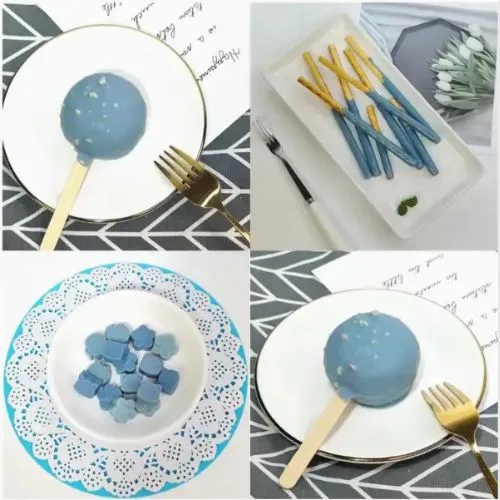
How Gardenia Blue Enhances Beverage Appearance?
Soft Drinks and Carbonated Beverages
The beverage industry has widely adopted gardenia blue pigment to create visually appealing soft drinks and carbonated beverages. Its solubility in water allows for easy incorporation into liquid formulations, resulting in clear, vibrant blue hues that catch the consumer's eye. The pigment's stability in various pH environments makes it suitable for a range of beverage types, from acidic fruit-flavored drinks to neutral sports beverages. Manufacturers often combine gardenia blue with other natural colorants to create unique color blends that set their products apart on store shelves.
Functional and Energy Drinks
As the functional and energy drink market continues to grow, gardenia blue has found a niche in this segment. Its natural origin aligns well with the health-conscious image of these beverages. The pigment's ability to maintain its color in the presence of vitamins, minerals, and other functional ingredients makes it a reliable choice for manufacturers. Energy drink producers often use gardenia blue to create eye-catching azure tones that convey a sense of refreshment and vitality to consumers.
Alcoholic Beverages
Gardenia blue pigment has also made its mark in the alcoholic beverage industry. Craft cocktail bars and premium spirit brands utilize this natural colorant to create visually stunning blue-hued drinks. Its compatibility with alcohol and stability in different pH levels make it suitable for a wide range of cocktails and spirits. From blue-tinted gin to vibrant blue cocktail mixers, gardenia blue adds a touch of natural sophistication to alcoholic beverages, appealing to consumers looking for unique and Instagram-worthy drink experiences.
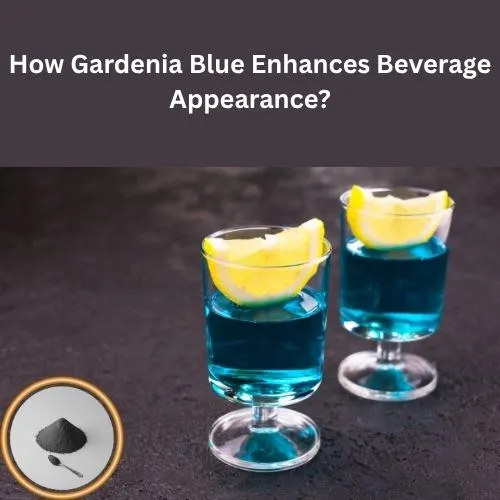
Gardenia Blue in Cosmetics and Skincare Products
Color Cosmetics
The cosmetics industry has embraced gardenia blue pigment as a natural alternative to synthetic blue colorants. Its fine powder form allows for seamless incorporation into various makeup formulations, including eyeshadows, eyeliners, and nail polishes. The pigment's ability to create vibrant blue shades without the need for artificial dyes appeals to consumers seeking natural and clean beauty products. Cosmetic manufacturers appreciate gardenia blue's stability and its capacity to blend well with other natural pigments, enabling the creation of diverse color palettes.
Skincare Formulations
While less common than in color cosmetics, gardenia blue has found applications in certain skincare products. Its natural origin and potential antioxidant properties make it an intriguing ingredient for formulators developing blue-tinted serums or masks. Some skincare brands incorporate small amounts of gardenia blue to create a subtle, cool-toned hue in their products, which can be visually appealing to consumers. However, its use in skincare remains limited compared to its widespread adoption in food and beverages.
Hair Care Products
The hair care industry has also explored the potential of gardenia blue pigment. Some brands use it to create blue-tinted shampoos or conditioners, particularly those designed for blonde or gray hair to neutralize yellow tones. Its water solubility and ability to provide a temporary tint without permanently dyeing the hair make it an interesting option for certain hair care applications. As consumers continue to seek natural alternatives in their personal care routines, gardenia blue may see increased use in innovative hair care formulations.
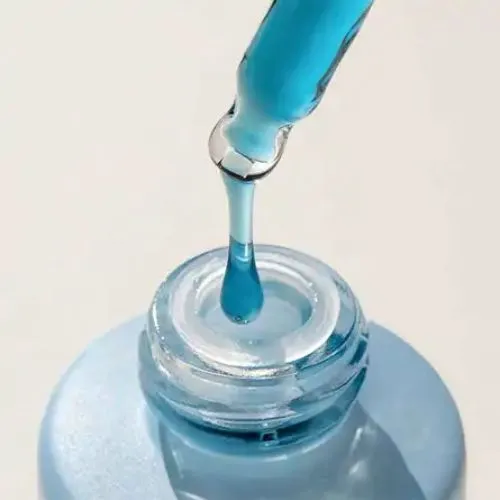
Conclusion
Gardenia blue pigment has emerged as a versatile and sought-after natural colorant across various industries. Its widespread use in food, beverages, and cosmetics demonstrates its adaptability and consumer appeal. As the demand for natural ingredients continues to grow, gardenia blue is likely to play an increasingly important role in product formulations. Its ability to provide vibrant blue hues while meeting clean label requirements positions it as a valuable ingredient for manufacturers looking to create visually appealing and consumer-friendly products.
Are you looking to incorporate natural, high-quality colorants like gardenia blue into your products? Yangge Biotech Co., Ltd. specializes in natural plant extracts for food, beverages, and dietary supplements. Our ISO, HACCP, Kosher, and Halal certified facilities ensure top-quality ingredients that meet your needs. At Yangge Biotech, we're passionate about providing innovative, high-quality natural plant extracts like our gardenia blue powder. Our extensive range of products, including botanicals, herbs, vitamins, and minerals, caters to diverse industry needs. With our ISO, HACCP, Kosher, and Halal certifications, you can trust in the quality and safety of our ingredients. Ready to elevate your products with natural colorants? Contact our dedicated team at info@yanggebiotech.com and discover how we can help you meet market demands with our premium gardenia blue supplier solutions.
FAQ
Q: Can we get some samples to test before purchasing?
A: Of course, we can provide free samples of 20 to 100 grams, but the shipping cost is at the customer's expense. The shipping cost can be deducted from the next order, or the samples can be sent through your courier account.
Q: Do your products have relevant certifications?
A: Yes, our products are certified for HALAL, ISO, HACCP, Kosher, and other certifications.
Q: What is the minimum order quantity (MOQ)?
A: Small batches of samples can be customized according to your requirements.
Q: Do you offer OEM and ODM services? Can the formula be customized based on our own?
A: Of course, we provide ODM and OEM services to many customers. Our product range includes softgels, capsules, tablets, sachets, granules, and private label services. Simply contact us and let us know your requirements. Our experienced R&D team can also develop new products with specific formulas.
Please contact us to design your own branded products.
Q: How do you handle quality complaints?
A: First, we have a comprehensive quality control SOP. We provide authoritative third-party inspection reports for almost all products before shipment to minimize the possibility of quality issues. Second, we have a comprehensive return and exchange procedure. If there is a genuine quality dispute, we will strictly follow the SOP.
Q: How do you ship? How long does delivery take?
A: For small orders, we typically use DHL, UPS, EMS, FedEx, or TNT. Delivery typically takes 3-7 days. We also offer air and sea freight services. We have a strong freight forwarding team and can provide you with a one-stop service, including DDP and DDU.
Q: What are your payment terms?
A: 100% prepayment, payable by T/T, Western Union, MoneyGram, or PayPal.
Q: What is the shelf life of your products?
A: 2 years with proper storage.
Q: Is the packaging environmentally friendly?
A: We attach great importance to environmental protection and are constantly improving our product packaging. Some products are packaged in recyclable paper. Packaging materials are carefully selected to ensure product safety during transportation and storage, and to minimize environmental impact. We are committed to achieving a balance between environmental friendliness and practicality in our product packaging, and to contributing to sustainable development.
References
1. Johnson, A. L., & Smith, B. K. (2021). Natural Food Colorants: Applications and Trends in the Food Industry. Journal of Food Science and Technology, 58(3), 891-902.
2. Chen, X., Wu, Y., & Zhang, L. (2020). Gardenia Blue: A Comprehensive Review of Its Properties, Production, and Applications. Critical Reviews in Food Science and Nutrition, 60(15), 2651-2665.
3. Martinez-Gonzalez, A. I., & Alvarez-Parrilla, E. (2019). Natural Pigments in Food Coloring: Current Trends and Future Perspectives. Comprehensive Reviews in Food Science and Food Safety, 18(4), 1042-1063.
4. Thompson, R. D., & Brown, J. C. (2022). The Rise of Natural Colorants in the Cosmetics Industry: A Market Analysis. International Journal of Cosmetic Science, 44(2), 185-197.
5. Yamamoto, K., Tanaka, T., & Sato, M. (2018). Stability and Color Properties of Gardenia Blue Pigment in Various Food Systems. Journal of Agricultural and Food Chemistry, 66(30), 7942-7950.

Based on your location and order quantity, you will have the opportunity to receive a limited time free shipping promotion!
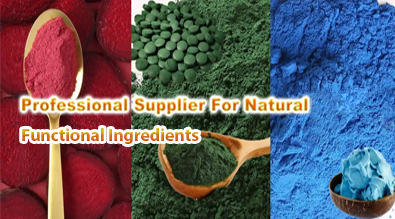
Who we are
